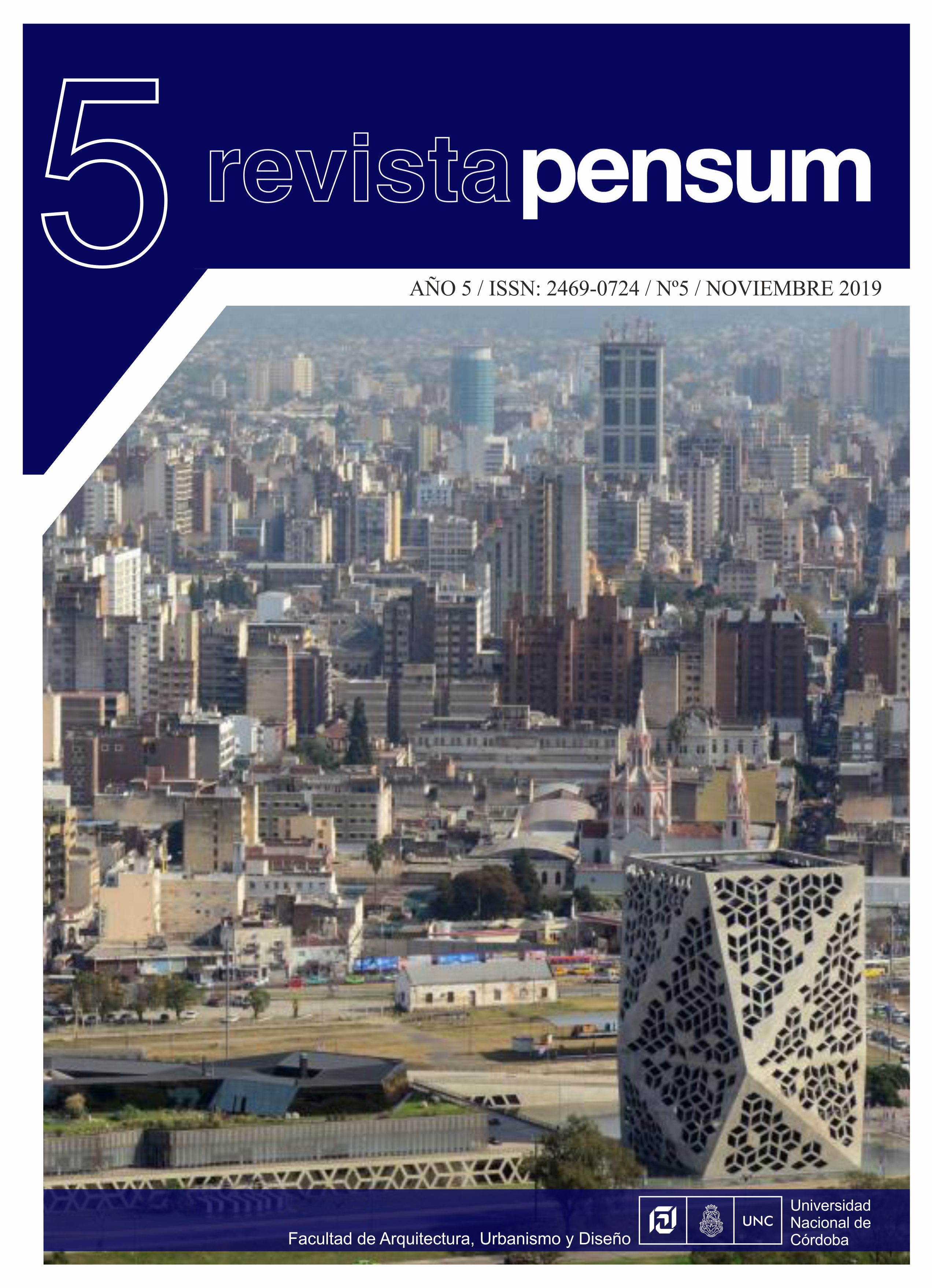A look at the state pavilion hospitals through architectural photography
DOI:
https://doi.org/10.59047/2469.0724.v5.n5.26302Keywords:
Architecture, history, photographyAbstract
From the observation of a series of photographic albums of architecture of the "Hospital Independencia" in Santiago del Estero and the "Polyclinic Hospital" in Granadero Baigorria city in Santa Fe, the work has been proposed, on one hand to make a reading of these sources, on the other, to recognize how architecture is defined by a succession of specific practices of architectural knowledge, but also by others outside of that knowledge. The cross between these looks, allows to recognize their incidences in the definition of the specific characteristics of the architecture of public hospitals, making possible to explore the different ideas and actions that the State has had regarding health and architecture in each historical period.
References
AAVV (2000). Hospitales la arquitectura de la insalud 1986-2000. Publicación Nª 1768 Editor Arq. Justo F. Isasi, Alberto Pieltain y José León Paniagua coordinador y director nombrado por el instituto de la Insalud. España.
AAVV (1947). Presidencia de la Nación, Primer Plan quinquenal. Buenos Aires, Argentina.
AAVV (1953). Presidencia de la Nación, Subsecretaría de la Presidencia, Segundo Plan Quinquenal, Buenos Aires, Argentina.
Agadám M. L. (1999). Recuperación de revoques símil piedra. Un aporte a la conservación de nuestro patrimonio arquitectónico. Revista El Habitat, Mundo Editorial, A 5 Nº 23. Buenos Aires, pp. 28-33.
Ballent, A. (1999). La casa para todos: grandeza y miseria de la vivienda masiva, en Devoto, Fernando y Madero, Marta (dirs.) Historia de la vida privada en la Argentina, tomo III, La Argentina entre multitudes y soledades. De los años treinta a la actualidad. Buenos Aires, Argentina: Taurus, Alfaguara Ed.
Ballent, A. (2005). Las huellas de la política. Vivienda, ciudad, peronismo en Buenos Aires, 1943-1955. Universidad Nacional de Quilmes. Buenos Aires, Argentina: Ed. Prometeo.
Benevolo L. (1973). Historia de la Arquitectura Moderna. Barcelona, España: Ed. Gili, Barcelona.
Belmarino, S. (2005). La atención médica argentina en el siglo XX. Instituciones y procesos. Buenos Aires, Argentina: Siglo Veintiuno Ed.
Del pozo y Barajas, A. (1996). Arrabales de Sevilla, morfogénesis y transformación. El arrabal de los húmeros. Sevilla, España: Universidad de Sevilla -
Fernández, R. (1996). Conferencia: Modos de hacer ciudad: plan y proyecto. Recuperado en: https://www.researchgate.net/publication/28220336_Modos_de_hacer_ciudad_Proyecto_y_Plan/fulltext/00b35fb90cf22e1822596455/28220336_Modos_de_hacer_ciudad_Proyecto_y_Plan.pdf?origin=publication_detail
Foucault, M. (2000). La vida de los hombres infames. España: Editorial Altamira.
Foucault, M. (2003). El nacimiento de la clínica. Una arqueología de la mirada médica. Buenos, Aires, Argentina: Editorial siglo XXI.
Foucault, M. (1983). El discurso del Poder. Buenos Aires, Argentina: Folio ediciones.
Guadet J. C. (1902). Elements et Theòrie de L’Architecture Cours professé à l’Ecole National et Speciale des Besux Artsper J. Guadet. Tomo II. Paris Librairie de la construcction Moderne-13 Rue Bonaparte. (Traducción propia), pp. 58.
ICOMOS (2008). Principios para la Creación de Archivos Documentales de Monumentos, Conjuntos Arquitectónicos y Sitios Históricos y Artísticos. Recuperado en: https://docplayer.es
Waisman, M. (1990). El interior de la historia, historiografía arquitectónica para uso de latinoamericano. Bogotá: Cap. 4. Historia, teoría y crítica. Escala, pp. 29-34.
Downloads
Published
Issue
Section
License

This work is licensed under a Creative Commons Attribution-ShareAlike 4.0 International License.
Authors who publish in this journal agree to the following terms:
a. Authors retain copyright and guarantee to the journal the right to be the first publication of the work as well as licensed under a Creative Commons Attribution-ShareAlike 4 license.
b. Authors may separately establish additional agreements for non-exclusive distribution of the version of the work published in the journal (e.g., placing it in an institutional repository or publishing it in a book), with an acknowledgement of its initial publication in this journal.
c. Authors are permitted and encouraged to disseminate their work electronically (e.g., in institutional repositories or on their own website) before and during the submission process, as this may result in productive exchanges, as well as earlier and greater citation of published work (See The Effect of Open Access).
d. 4.0 International Creative Commons Attribution-ShareAlike 4.0 License.












